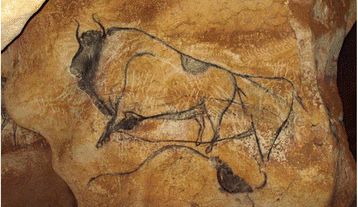
Little is known about the origin and evolutionary history of the European Bison. After near-extinction in the early 20th century, it remains one of the last wild European large mammals alive today.
DNA analysis has allowed Eva-Maria Geigl and her team to retrace the population dynamics that took place regarding migration and extinction. It appears that modern day bison have reduced genetic diversity in comparison with those that existed before they were hunted to extinction.
This study suggests that European Bison were more prevalent when the climate was similar to modern day western Europe and therefore suggests that forested biotopes could be a possibility for bison reintroduction. In this podcast, Eva-Maria Geigl discusses her research on past climate changes, population dynamics and the origin of bison in Europe.
Diyendo Massilani developed the capture method with Thierry Grange and sequenced the whole mitogenomes. Silvia Guimaraes analyzed the mitochondrial hypervariable region of all samples and Thierry Grange performed the phylogenetic analyses.
Malgorzata Tokarska organized the sample collection from Poland and Russia.
Together, Thierry Grange and Eva-Maria Geigl analyzed the data and interpreted the results with Jean-Philippe Brugal.
Eva-Maria Geigl designed and led this study.
Francesca Martin
Latest posts by Francesca Martin (see all)
- Flat faced dogs are at greater risk of developing corneal ulcers - 22nd June 2017
- Why the long face? Horses can sense negative and positive emotions - 29th March 2017
- Mosquitoes and an evolved taste for humans: a podcast from the authors - 1st March 2017
Comments